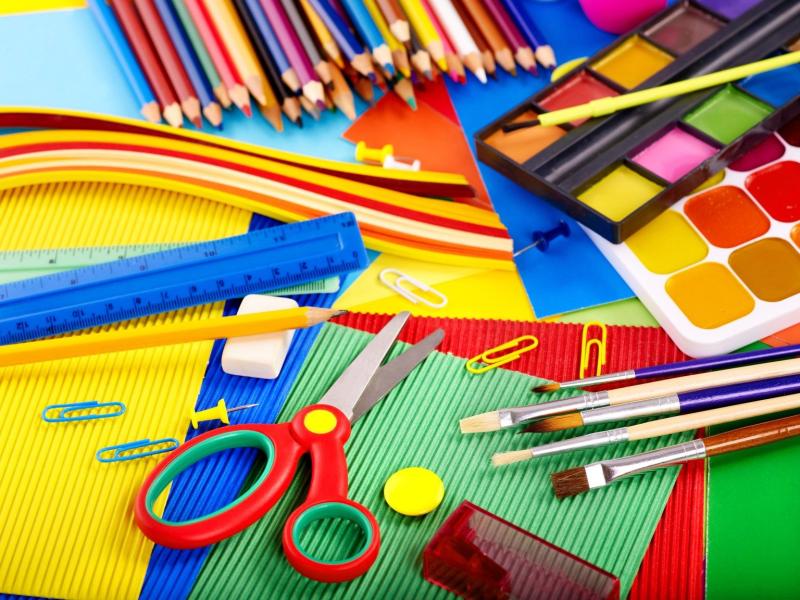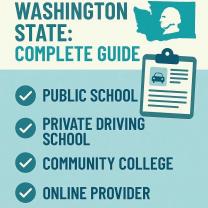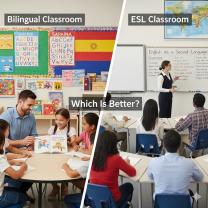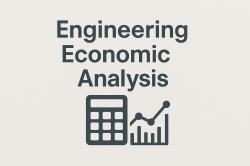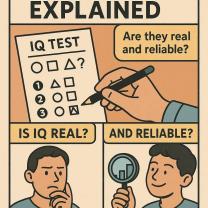What are learning materials?
Learning materials refer to the resources and tools designed to facilitate and support the process of learning. These materials can take various forms and serve different purposes in educational settings. The goal of learning materials is to enhance the understanding, retention, and application of knowledge and skills by learners. Here is a comprehensive overview of learning materials:
Textbooks and Manuals:
- Traditional printed or digital textbooks are common learning materials that provide organized content on specific subjects. Manuals are instructional documents that guide learners through a process or set of procedures.
Online Courses and Modules:
- Learning materials in the form of online courses or modules are designed to be delivered via the internet. These may include multimedia elements such as videos, interactive quizzes, and discussion forums.
Lecture Notes:
- Notes taken during lectures or presentations, whether handwritten or digital, serve as personal learning materials for students. Some educators also provide pre-prepared lecture notes to accompany their presentations.
Workbooks and Worksheets:
- Workbooks and worksheets offer practice exercises, problems, and activities related to the content being taught. They are often used for reinforcement and to assess understanding.
Visual Aids and Multimedia:
- Visual aids include charts, graphs, diagrams, and multimedia presentations that help illustrate concepts and make learning more engaging. Multimedia materials can include videos, animations, and interactive simulations.
Laboratory Manuals:
- In science and technical fields, laboratory manuals guide students through experiments and practical activities. They provide instructions, safety guidelines, and background information.
Reference Books and Encyclopedias:
- Reference materials, such as dictionaries, encyclopedias, and specialized reference books, provide additional information and context. They are often used for research and deeper exploration of topics.
Educational Games:
- Games designed for educational purposes can serve as learning materials, particularly for younger learners. These games are designed to make learning enjoyable while reinforcing educational concepts.
Simulations and Virtual Reality (VR):
- Simulations and VR experiences replicate real-world scenarios, allowing learners to interact with content in a virtual environment. This is common in fields like medicine, aviation, and engineering.
Flashcards:
- Flashcards are a simple but effective learning tool. They typically have a question on one side and the answer on the other, aiding in memorization and quick recall of information.
Models and Manipulatives:
- Physical models and manipulatives are tangible objects or representations used in hands-on learning. They are particularly valuable in subjects like mathematics and science.
Educational Software and Apps:
- Various software applications and mobile apps are designed for educational purposes. These can include interactive lessons, quizzes, and other activities to support learning.
Audio Materials:
- Audio resources, such as podcasts, audiobooks, and recorded lectures, provide an alternative learning format. They are especially beneficial for auditory learners.
Open Educational Resources (OER):
- OER includes freely accessible educational materials available online. These resources can be openly shared, modified, and redistributed, promoting accessibility and collaboration in education.
Assessment Tools:
- Learning materials also include assessments such as quizzes, tests, and exams. These tools help measure students' understanding and progress in a particular subject.
Effective learning materials should be aligned with educational objectives, cater to different learning styles, and be accessible to learners. The choice of learning materials depends on the subject matter, the age group of learners, and the educational context. Additionally, the integration of various types of materials can enhance the overall learning experience.
Learning Materials: The Building Blocks of Education
Imagine a grand, elaborate castle: education stands tall and proud, and learning materials are the sturdy bricks that form its very foundation. Just like bricks provide structure and support, learning materials offer the essential elements for building knowledge, skills, and understanding.
1. Definition and Significance:
Learning materials encompass any resources used to facilitate and enhance the learning process. This broad term includes everything from classic textbooks and worksheets to interactive digital tools, captivating videos, and immersive simulations. Their significance lies in providing learners with engaging and accessible pathways to grasp concepts, develop critical thinking skills, and ultimately achieve educational goals.
2. Supporting Educational Objectives:
Learning materials are not mere ornaments; they serve a crucial purpose in aligning with and supporting educational objectives. Effective materials:
- Introduce and explain new concepts in a clear and concise manner.
- Provide opportunities for practice and application of learned knowledge and skills.
- Offer diverse representations of information to cater to different learning styles and preferences.
- Challenge learners to think critically, analyze, and solve problems.
- Spark curiosity and motivation to delve deeper into the subject matter.
3. A Tapestry of Types:
The educational landscape is not a one-size-fits-all canvas. The types of learning materials vary greatly depending on the educational setting, subject matter, and learners' needs. Here are some examples:
- Traditional Materials: Textbooks, workbooks, flashcards, maps, charts, diagrams.
- Technology-based Materials: Educational apps, simulations, online courses, interactive whiteboards, virtual reality experiences.
- Creative Materials: Storytelling, role-playing, games, puzzles, artistic expressions.
- Real-world Experiences: Field trips, guest speakers, community projects, hands-on experiments.
Choosing the right learning materials is an art, not a science. Educators must carefully consider the specific needs of their students, the learning objectives, and the available resources to create a diverse and effective learning environment. Remember, the best materials are not simply tools; they are bridges that connect knowledge to understanding, and learners to their full potential.
I hope this explanation gives you a solid understanding of the definition and significance of learning materials. Please let me know if you have any further questions!
